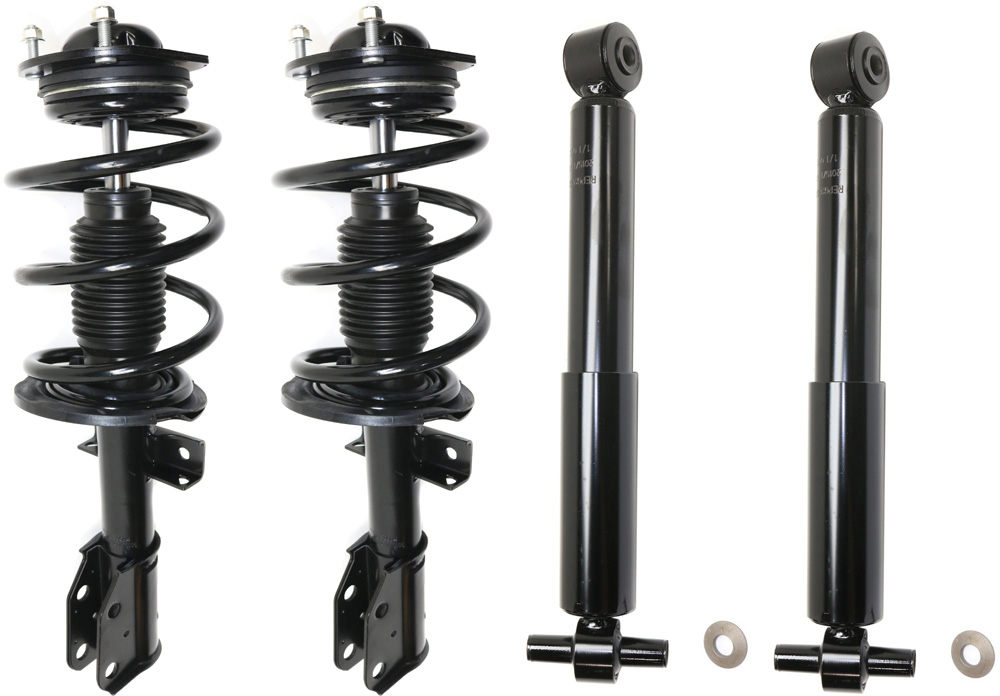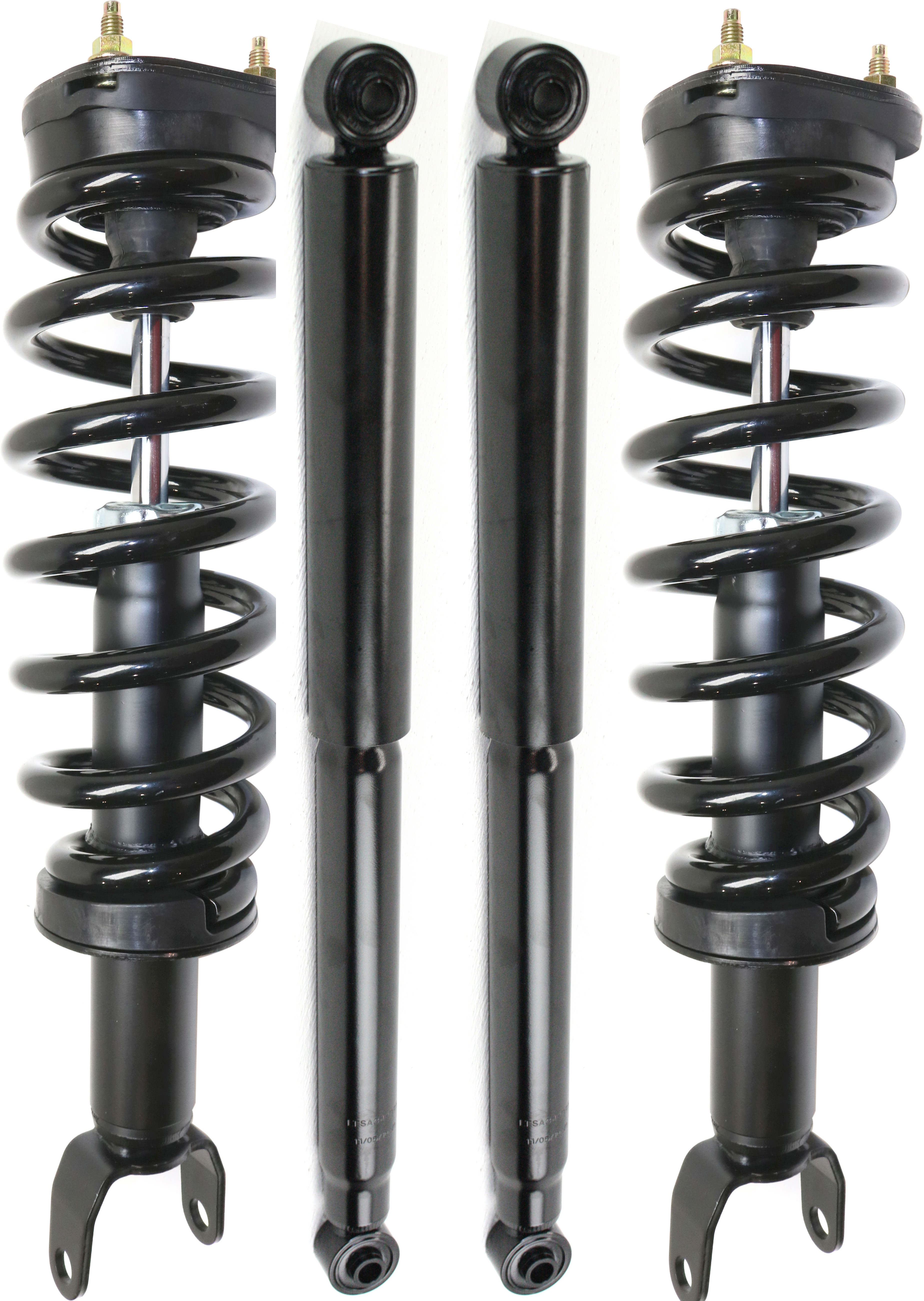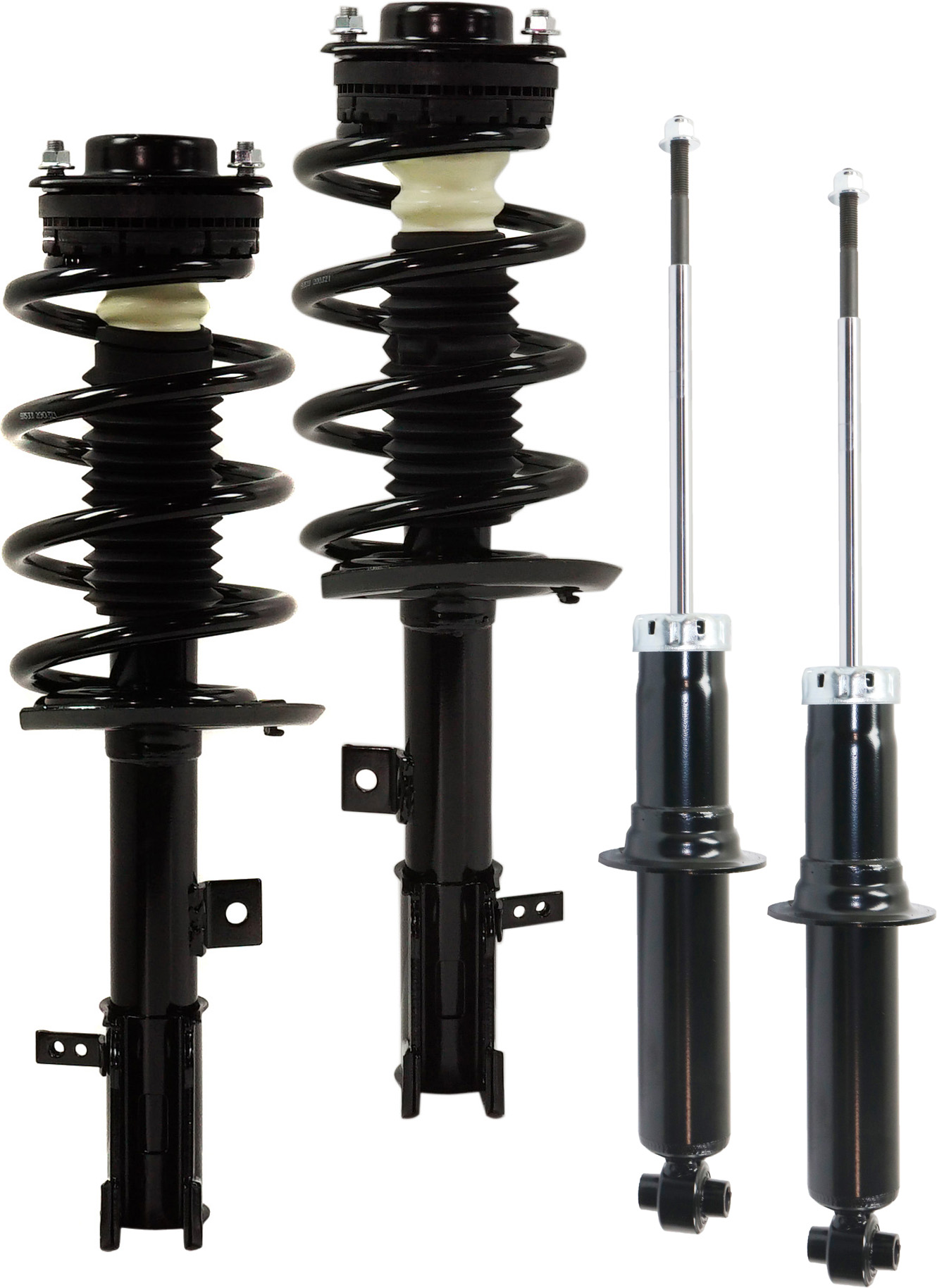Every so often, car owners are faced with the task of replacing their shocks and strut assemblies to ensure proper ride height and maximum ride comfort. While knowing when to replace your struts is easy enough thanks to manufacturer-recommended maintenance schedules, one question almost always pops up—do you need an alignment after replacing shocks and struts?
A quick online search will show you just how much experts and enthusiasts are divided on this topic. In this article, we’ll try to make sense of these varying opinions and come up with a better answer for confused vehicle owners.
Should You Get an Alignment After Getting New Shocks and Struts?

The short answer is—it depends on the type of suspension your car has. If the tires are wearing evenly and there is no steering pull or wander, an alignment isn’t typically necessary. On some vehicles, the installation of new shocks and struts may affect your car’s wheel alignment. However, there are some instances where alignment is not required after replacing the struts or shocks. We will unpack this later and provide a short course on suspension types.
There are many different suspension designs in use today. Most modern cars use either a MacPherson strut or a modified strut front suspension (some also have struts in the rear).
Consulting the factory repair information for your application is the best way to determine whether your car needs an alignment after shock/strut replacement. You can also contact your local dealership service department for the answer.
There’s one more thing that you should keep in mind—any suspension modification will automatically require a subsequent alignment to be performed. For example, replacing coil springs on a strut affects ride height, which has a direct effect on the camber angle.
If you’re simply reusing the old coil springs, this shouldn’t be a problem. But if you are replacing it with a different spring that has a longer or shorter coil, a wheel alignment would be imperative.
To sum it up, here are the answers to the question—do you need an alignment after replacing shocks and struts?
- Yes, if the vehicle manufacturer recommends an alignment after replacement.
- Yes, if you did any suspension modifications that do not follow manufacturer recommendations.
- Yes, if you are replacing your tires at the same time.
If you’re still unsure, you can always err on the side of caution and take your vehicle to a professional so they can check whether an alignment is required.
An In-Depth Look at Suspension Types and the Need for Wheel Alignment
In general, you don’t need an alignment done after replacing shocks on a vehicle with the older style front suspension typically found on rear wheel drive vehicles, referred to as “Short-Long-Arm” (SLA) suspension.
SLA suspension has short upper and long lower control arms on each side with one of the control arms carrying the weight of the vehicle on a heavy spring, and each control arm has a ball joint that provides the steering axis, which is virtually always angled inward at the top to provide handling stability. You can do a search for “Steering Axis Inclination” to clarify this point.
On the SLA suspension the shock absorbers are stand-alone units that either pass through the middle of the spring or are behind it. Replacing those shocks has nothing to do with the alignment whatsoever unless the spring has lost some of it’s tension. So what does that mean?
Well, on SLA suspension, weakened or sagging front springs can cause alignment issues (camber specifically), and replacing worn out shocks with new heavy duty nitrogen charged shock absorbers may provide some of the support that the springs have lost, and that newly added support can affect camber angles, but only very slightly.
Strut suspension usually has the shock absorber and the spring in one unit, with the top of the strut mounted very high in the car body and the bottom of the strut attached to the lower control arm. This lowers the vehicle center of gravity, which is a good thing. Usually strut suspension only has one ball joint rather than two, and the steering axis runs from the lower ball joint through the middle of the shock absorber, with a bearing on the top of the strut carrying the weight of that corner of the vehicle.

If the bottom of the strut is bolted to the spindle with two bolts, replacing those struts requires an alignment check. And if the top of the strut where it connects to the car body (with three bolts), is mounted in slotted holes for alignment adjustments, an alignment check is needed.
But not every vehicle with strut suspension requires an alignment after replacing the struts. For years, Hondas had a peculiar type of suspension where there were two ball joints and the strut was connected via a “wish bone” to the lower control arm and bolted high in the car body. If there are two ball joints, the steering axis doesn’t go through the strut. Some Fords have this design, as well as some other Asian makes. Replacing those struts requires no alignment.
But not every vehicle with strut suspension requires an alignment after replacing the struts. For years, Hondas had a peculiar type of suspension where there were two ball joints and the strut was connected via a “wish bone” to the lower control arm and bolted high in the car body. If there are two ball joints, the steering axis doesn’t go through the strut. Some Fords have this design, as well as some other Asian makes. Replacing those struts requires no alignment.
–Richard McCuistian, ASE Certified Master Automobile Technician
How Often Should You Get Wheel Alignment?
Wheel alignment is not included in most auto manufacturers’ maintenance programs. Instead, alignment checks are recommended on an as-needed basis. This is precisely why most car owners are left second-guessing when they should get their wheels aligned.

Here are some guidelines that can help you determine whether it’s time to ask your mechanic for a wheel alignment:
Annually, depending on road conditions
You should get your wheel alignment checked once a year if you regularly drive on uneven/pothole-ridden roads or if you’ve frequently hit curbs with your vehicle.
After a vehicle collision
It is strongly recommended to have your vehicle alignment checked after being involved in a road accident. You should have a mechanic perform this check, especially after a forward collision wherein your wheel and suspension system may have taken a hit.
After getting new tires installed
The best time to get an alignment is after replacing your tires. Most tire repair shops will automatically perform an alignment after installing new tires on your vehicle.
What are the Signs That You Need an Alignment?
Diagnosing wheel alignment problems can be hard without the equipment that you’d find in your mechanic’s garage. However, there are some signs that you can look out for, which are commonly linked to wheel alignment issues.
Car pulls to one side while driving
This is the most common sign of poor wheel alignment. It is often caused by driving over a pothole or hitting the curb. If you’ve done that, pay attention to the way the car drives and how the tires are wearing. Always maintain proper tire pressure as well, because tires can wear because of tire pressure that is too high or too low.
Steering wheel is off-center
If it takes more effort to keep your vehicle moving straight, chances are, you have a problem with the wheel alignment.
Uneven tire wear
Again, tire wear is a good indicator of alignment problems. Bad wheel alignment can cause one side of the wheel to wear down faster than the other. To check for this, simply run your hand over the tire’s surface while your vehicle is parked to feel for feather edges, which typically indicate a problem with the toe adjustment. You can also get a tire tread gauge and measure the tread on the inner and outer tread areas, which doesn’t take but a few minutes.
Note that problems with the suspension and steering systems may present similar symptoms to poor wheel alignment. To accurately diagnose your vehicle, it is best to seek the help of a certified mechanic so that any similar issues could be ruled out.
One Final Piece of Advice
Finally, if a shop checks your front end alignment and tries to sell you a thousand dollars worth of front end parts (it happens every day), always get a second opinion from another shop and have them show you why the work needs to be done and have them explain it in detail.
Where to Get Shocks and Struts for Your Vehicle
Expect a bumpy ride until you replace your vehicle’s worn-out shocks and struts. These suspension components are crucial to ride quality, so you might want to replace them as soon as possible.
Here at CarParts.com, you can find direct-fit shocks and struts with only a few clicks. Enter your vehicle’s year, make, and model into our vehicle selector to start browsing suspension parts that are compatible with your daily driver.
Place your order in a matter of minutes, and get it delivered straight to your doorstep in as fast as two business days.
We buy parts from the top parts manufacturers in bulk so we can pass on the savings to you. Our products come with a low-price guarantee, so you can whip your vehicle back into shape without breaking the bank.
Feel free to give us a call if you need help placing your order, and one of our team members will be happy to assist you.
Shop for quality shocks and struts today!
Products Mentioned in this Guide
Shop this Project



Any information provided on this Website is for informational purposes only and is not intended to replace consultation with a professional mechanic. The accuracy and timeliness of the information may change from the time of publication.



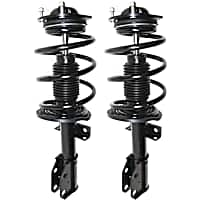 Shock Absorber and Strut Assembly
Shock Absorber and Strut Assembly
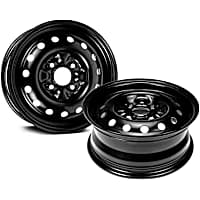 Wheel
Wheel
